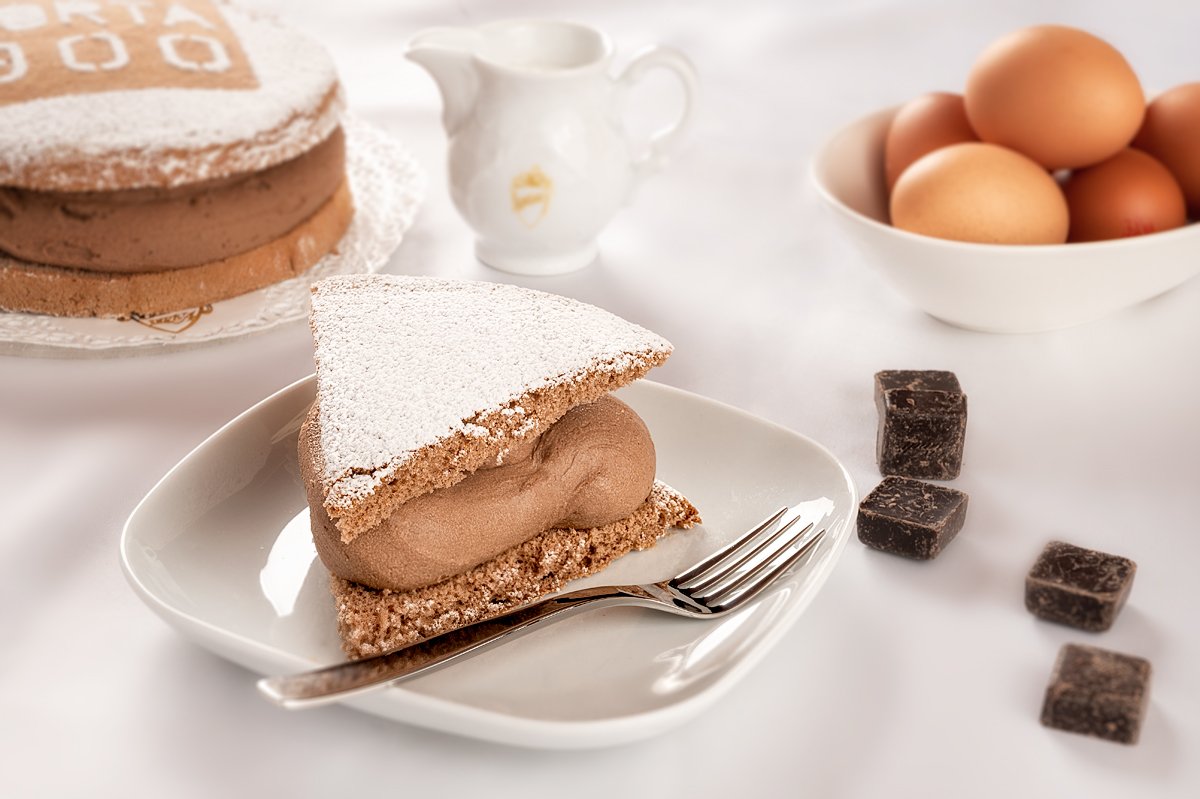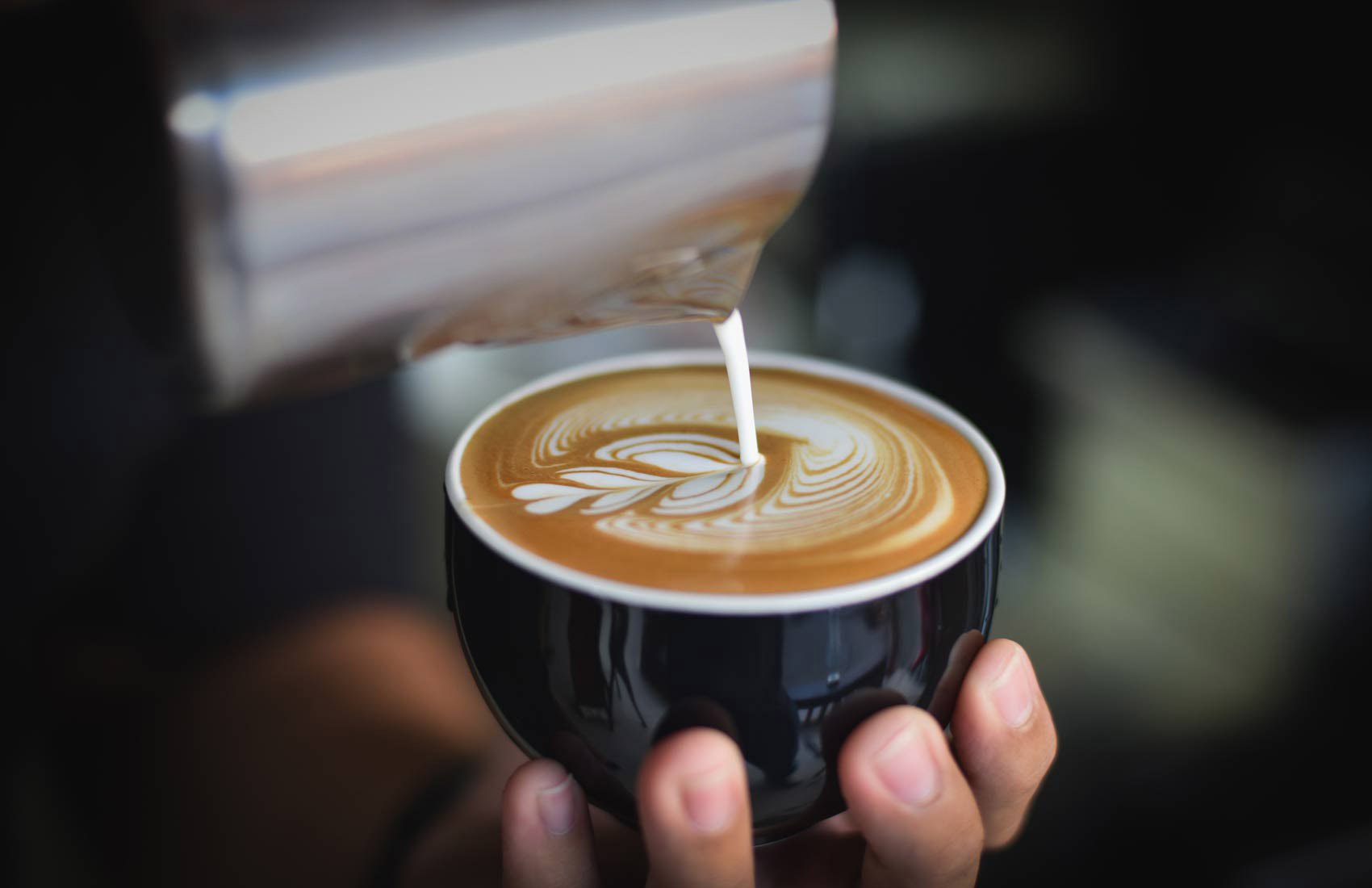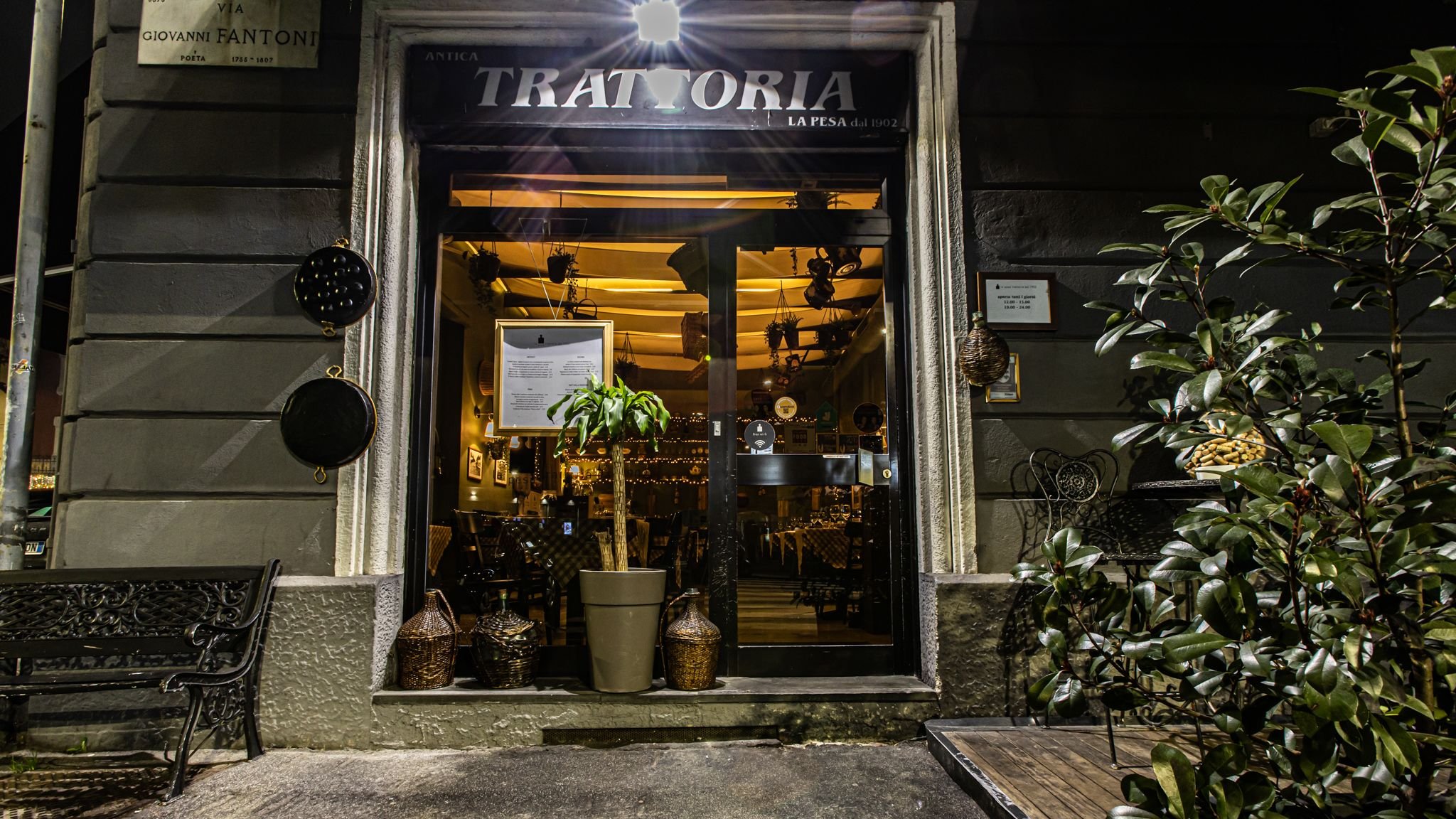Torta 900: A Sweet Secret more than a century old
In the heart of the picturesque town of Ivrea, nestled along the banks of the Dora Baltea River in northern Italy, there exists a culinary gem that has captured the hearts and taste buds of locals for generations - the legendary Torta 900.
Born in the historic town where I came into the world in 1983, this delectable cake has not only become a symbol of Ivrea but also a cherished part of my personal history.
An Enigmatic Tale
Torta 900 boasts a rich and enigmatic history that has fueled the intrigue of locals and outsiders alike. The recipe for this exquisite confection has been safeguarded like a treasured family heirloom, passed down through the ages with utmost secrecy. Despite countless attempts to replicate its unique flavor, the secret has remained closely guarded, shrouding the cake in an air of mystery.
Legend has it that the origins of Torta 900 can be traced back to the late 19th century, a time when Ivrea was bustling with cultural exchange and innovation. The cake's name, "900," is a nod to the turn of the century when it first emerged. Its creation was allegedly inspired by a fusion of traditional Italian baking techniques and the influence of foreign flavors that permeated the town during that era.
Torta 900 is a true testament to the culinary artistry of Ivrea. The cake is a harmonious blend of premium local ingredients, carefully selected and expertly combined to create a symphony of flavors. The exact components of this tantalizing treat remain a closely guarded secret, adding an air of mystique to its allure.
One of the key factors contributing to the cake's unique taste is the use of locally sourced ingredients, including the finest Piedmont hazelnuts, velvety chocolate from nearby Turin, and fresh eggs from the region's farms. The combination of these high-quality elements results in a cake that not only delights the palate but also pays homage to the rich agricultural heritage of Ivrea.
Guardians of Tradition
Throughout the years, the guardians of Torta 900 have diligently preserved the integrity of its recipe. Despite the temptations of fame and fortune, the custodians of this culinary treasure have remained steadfast in their commitment to keeping the secret intact. The recipe, passed down from one generation to the next, has become a sacred trust, ensuring that the essence of Torta 900 remains unadulterated and pure.
As the years have passed, Torta 900 from Ivrea has continued to enchant both locals and visitors alike. The annual celebration of this delectable creation has become a cherished tradition, drawing people from far and wide to experience the magic of Ivrea's culinary heritage.
In conclusion, Torta 900 stands not only as a testament to the culinary excellence of Ivrea but also as a symbol of the town's resilience and commitment to preserving its unique traditions. This delectable cake, with its closely guarded recipe and rich history, remains an integral part of my hometown's identity, making each bite a journey through time and flavor, connecting us to the past and inspiring the generations to come.
A little bit of coffee history
Coffee is a must. We love it, we crave it and we rely on it to be cozy with friends, be social in coffee shops or get us through the day. 2.25 billion cups of coffee is estimated to be consumed each day worldwide.
Coffee is a must. We love it, we crave it and we rely on it to be cozy with friends, be social in coffee shops or get us through the day. 2.25 billion cups of coffee is estimated to be consumed each day worldwide.
New Yorkers are said to drink 7 times the amount of any other U.S. city. Famed French writer and philosopher Voltaire was rumored to have drunk 40 – 50 cups per day.
Coffee is the second most valuable legally traded commodity in the world. Coffee is only preceded by oil as being the most valuable legally traded commodity – and that could very well be changing soon.
The word “coffee” has roots in several languages. In Yemen it earned the name qahwah, which was originally a romantic term for wine. It later became the Turkish kahveh, then Dutch koffie and finally coffee in English. As you can see, coffee (gahwah, kahveh, koffie) is a daily ritual around the globe in the lives of millions but where exactly did this caffeinated phenomenon begin and what is the history of coffee?
The history of coffee started with a goat
The history of coffee traces back centuries to the ancient coffee forests on the Ethiopian plateau. There, legend says the goat herder Kaldi first discovered the potential of these beloved beans.
According to legend, Kaldi discovered coffee after he noticed that after eating the berries from a certain tree, his goats became so energetic that they did not want to sleep at night. Kaldi reported his findings to the abbot of the local monastery, who made a drink with the berries and found that it kept him alert through the long hours of evening prayer.
The abbot shared his discovery with the other monks at the monastery, and knowledge of the energizing berries began to spread. As word moved east and coffee reached the Arabian peninsula, it began a journey which would bring these beans across the globe. And that’s how our history of coffee begins!
Coffee cultivation and trade began on the Arabian Peninsula
By the 15th century, coffee was being grown in the Yemeni district of Arabia and by the 16th century it was known in Persia, Egypt, Syria, and Turkey.
Coffee was not only enjoyed in homes, but also in the many public coffee houses — called qahveh khaneh — which began to appear in cities across the Near East. The popularity of the coffee houses was unequaled and people frequented them for all kinds of social activity.
Not only did the patrons drink coffee and engage in conversation, but they also listened to music, watched performers, played chess and kept current on the news. Coffee houses quickly became such an important center for the exchange of information that they were often referred to as “Schools of the Wise.”
With thousands of pilgrims visiting the holy city of Mecca each year from all over the world, knowledge of this “wine of Araby” began to spread and so does our history of coffee continue.
Then coffee came to Europe
Coffee reached Europe in the late 16th century through trade. European travelers to the Near East brought back stories of an unusual dark black beverage. By the 17th century, coffee had made its way to Europe and was becoming popular across the continent.
Some people reacted to this new beverage with suspicion or fear, calling it the “bitter invention of Satan.” The local clergy condemned coffee when it came to Venice in 1615. The controversy was so great that Pope Clement VIII was asked to intervene. He decided to taste the beverage for himself before making a decision, and found the drink so satisfying that he gave it papal approval.
Despite such controversy, coffee houses were quickly becoming centers of social activity and communication in the major cities of England, Austria, France, Germany and Holland. In England “penny universities” sprang up, so called because for the price of a penny one could purchase a cup of coffee and engage in stimulating conversation.
Coffee began to replace the common breakfast drink beverages of the time — beer and wine. Those who drank coffee instead of alcohol began the day alert and energized, and not surprisingly, the quality of their work was greatly improved.
The history of coffee continues in the U.S.
In the mid-1600’s, coffee was brought to New Amsterdam, later called New York by the British.
Though coffee houses rapidly began to appear, tea continued to be the favored drink in the New World until 1773, when the colonists revolted against a heavy tax on tea imposed by King George III. The revolt, known as the Boston Tea Party, would forever change the American drinking preference to coffee.
Plantations’ role in the history of coffee
As demand for the beverage continued to spread, there was fierce competition to cultivate coffee outside of Arabia.
The Dutch finally got seedlings in the latter half of the 17th century. Their first attempts to plant them in India failed, but they were successful with their efforts in Batavia, on the island of Java in what is now Indonesia.
The plants thrived and soon the Dutch had a productive and growing trade in coffee. They then expanded the cultivation of coffee trees to the islands of Sumatra and Celebes.
Coming to the Americas
In 1714, the Mayor of Amsterdam presented a gift of a young coffee plant to King Louis XIV of France. The King ordered it to be planted in the Royal Botanical Garden in Paris. In 1723, a young naval officer, Gabriel de Clieu obtained a seedling from the King’s plant. Despite a challenging voyage — complete with horrendous weather, a saboteur who tried to destroy the seedling, and a pirate attack — he managed to transport it safely to Martinique.
Once planted, the seedling not only thrived, but it’s credited with the spread of over 18 million coffee trees on the island of Martinique in the next 50 years. Even more incredible is that this seedling was the parent of all coffee trees throughout the Caribbean, South and Central America.
The famed Brazilian coffee owes its existence to Francisco de Mello Palheta, who was sent by the emperor to French Guiana to get coffee seedlings. The French were not willing to share, but the French Governor’s wife, captivated by his good looks, gave him a large bouquet of flowers before he left— buried inside were enough coffee seeds to begin what is today a billion-dollar industry.
Missionaries and travelers, traders and colonists continued to carry coffee seeds to new lands, and coffee trees were planted worldwide. Plantations were established in magnificent tropical forests and on rugged mountain highlands. Some crops flourished, while others were short-lived. New nations were established on coffee economies. By the end of the 18th century, coffee had become one of the world’s most profitable export crops.
Coffee in Italy
Espresso is the product of a preparation process that evolved in Italy over the first half of the 20th century, and by now has become almost an icon of the country itself. „Italian-style coffee‟ pertains to all forms of coffee beverages using an espresso base.
Italy truly emerged as the global leader in coffee thanks to Milanese inventor Luigi Bezzera. In 1901, Bezzera came up with the idea of forcing pressurized water through a handful of coffee powder to produce a short, concentrated drink: the espresso, so called because it could be prepared expressly for each customer and because the water had to be expressed through the coffee.
Quick to make and good to wake, the espresso became a futuristic icon at the turn of the century, sharing its name with a high-speed train. Espresso machines found their place in so-called “American bars”—spaces where people would stand at the bar, saloon-style, instead of sitting down at the table.
The first American bar in Italy was Caffé Maranesi, in Florence, nicknamed Caffè dei Ritti after the standing people that populated it (ritti means “upright” in Italian).
5 attempts to ban coffee
1. MECCA
Coffee was banned in Mecca in 1511, as it was believed to stimulate radical thinking and hanging out — the governor thought it might unite his opposition. Java also got a bad rap for its use as a stimulant — some Sufi sects would pass around a bowl of coffee at funerals to stay awake during prayers.
2. ITALY
When coffee arrived in Europe in the 16th century, clergymen pressed for it to be banned and labeled Satanic. But Pope Clement VIII took a taste, declared it delicious, and even quipped that it should be baptized. On the strength of this papal blessing, coffeehouses rapidly sprang up throughout Europe.
3. CONSTANTINOPLE
After Murad IV claimed the Ottoman throne in 1623, he quickly forbade coffee and set up a system of reasonable penalties. The punishment for a first offense was a beating. Anyone caught with coffee a second time was sewn into a leather bag and thrown into the waters of the Bosporus.
4. SWEDEN
Sweden gave coffee the ax in 1746. The government also banned “coffee paraphernalia” — with cops confiscating cups and dishes. King Gustav III even ordered convicted murderers to drink coffee while doctors monitored how long the cups of joe took to kill them, which was great for convicts and boring for the doctors.
5. PRUSSIA
In 1777, Frederick the Great of Prussia issued a manifesto claiming beer’s superiority over coffee. He argued that coffee interfered with the country’s beer consumption, apparently hoping a royal statement would make Prussians eager for an eye-opening brew each morning. Frederick’s statement proclaimed, “His Majesty was brought up on beer,” explaining why he thought breakfast drinking was a good idea.
The history of coffee concluded
Luckily coffee wasn’t banned forever and we get to enjoy it every day in the comfort of our own home using our Son of a Barista coffee maker (wink wink). Starting the history of coffee with a goat in Ethiopia and fast forwarding to modern times where we can enjoy coffee made with beans from all over the world, the history of coffee is ever evolving. We’re now making modern drinks such as dirty chai latte and almond milk cappuccino with just the touch of a single button!
Veal Milanese: A Love Story That Started in Childhood and Continues at Trattoria La Pesa
Ah, Veal Milanese, the crispy, golden delight that has held a special place in my heart since I was knee-high to a grasshopper. Picture this: a young me, eyes wide with wonder, face smeared with tomato sauce, and a big grin after devouring a plate of Veal Milanese. Fast forward to today, and my love for this iconic dish has only deepened.
Ah, Veal Milanese, the crispy, golden delight that has held a special place in my heart since I was knee-high to a grasshopper. Picture this: a young me, eyes wide with wonder, face smeared with tomato sauce, and a big grin after devouring a plate of Veal Milanese. Fast forward to today, and my love for this iconic dish has only deepened. Join me on a journey through the tantalizing history, rich tradition, and the unbeatable Veal Milanese experience at Trattoria La Pesa in the heart of Milan.
Legend has it that Veal Milanese dates back to the 19th century in the Lombardy region of Italy. As with many culinary masterpieces, the dish was born out of a desire to create something extraordinary with simple ingredients. Milanese chefs took inspiration from the traditional Austrian Wiener Schnitzel, but they put their own Italian spin on it, resulting in the glorious creation we now know and love.
Tradition Meets Taste
Veal Milanese is not just a dish; it's a celebration of tradition and craftsmanship. The preparation involves coating thinly sliced veal cutlets in a seasoned breadcrumb and Parmesan cheese mixture, followed by a quick fry to achieve that perfect golden crispiness. The result? A symphony of flavors and textures that dance on your taste buds, leaving you craving more.
Trattoria La Pesa: Where Veal Milanese Reigns Supreme
In the heart of Milan, amidst the bustling streets and the enchanting aroma of Italian cuisine, lies Trattoria La Pesa, a culinary haven for Veal Milanese enthusiasts. This charming eatery has become synonymous with excellence, drawing locals and visitors alike with its commitment to preserving the authenticity of this classic dish.
Walking into Trattoria La Pesa is like stepping into a culinary time machine. The warm ambiance, rustic decor, and the tantalizing scent of Veal Milanese cooking in the kitchen create an atmosphere that feels both comforting and exhilarating. As you peruse the menu, the Veal Milanese beckons, promising an experience that transcends the ordinary.
The Magic on the Plate
At Trattoria La Pesa, each Veal Milanese is a work of art. The delicate balance of flavors, the impeccable crunch of the golden crust, and the tenderness of the veal all come together to create a symphony of taste that lingers in your memory. It's not just a meal; it's an experience that will have you coming back for more.
So, whether you're a longtime admirer of Veal Milanese or a newcomer to its culinary charms, a pilgrimage to Trattoria La Pesa in Milan is a must. Let the rich history, vibrant tradition, and unbeatable taste of this iconic dish transport you to a world where every bite is a celebration of love, passion, and the joy of exquisite Italian cuisine. Get ready for a culinary journey that transcends time and space, where Veal Milanese reigns supreme, and Trattoria La Pesa is the undisputed champion of this culinary masterpiece. Buon appetito!














